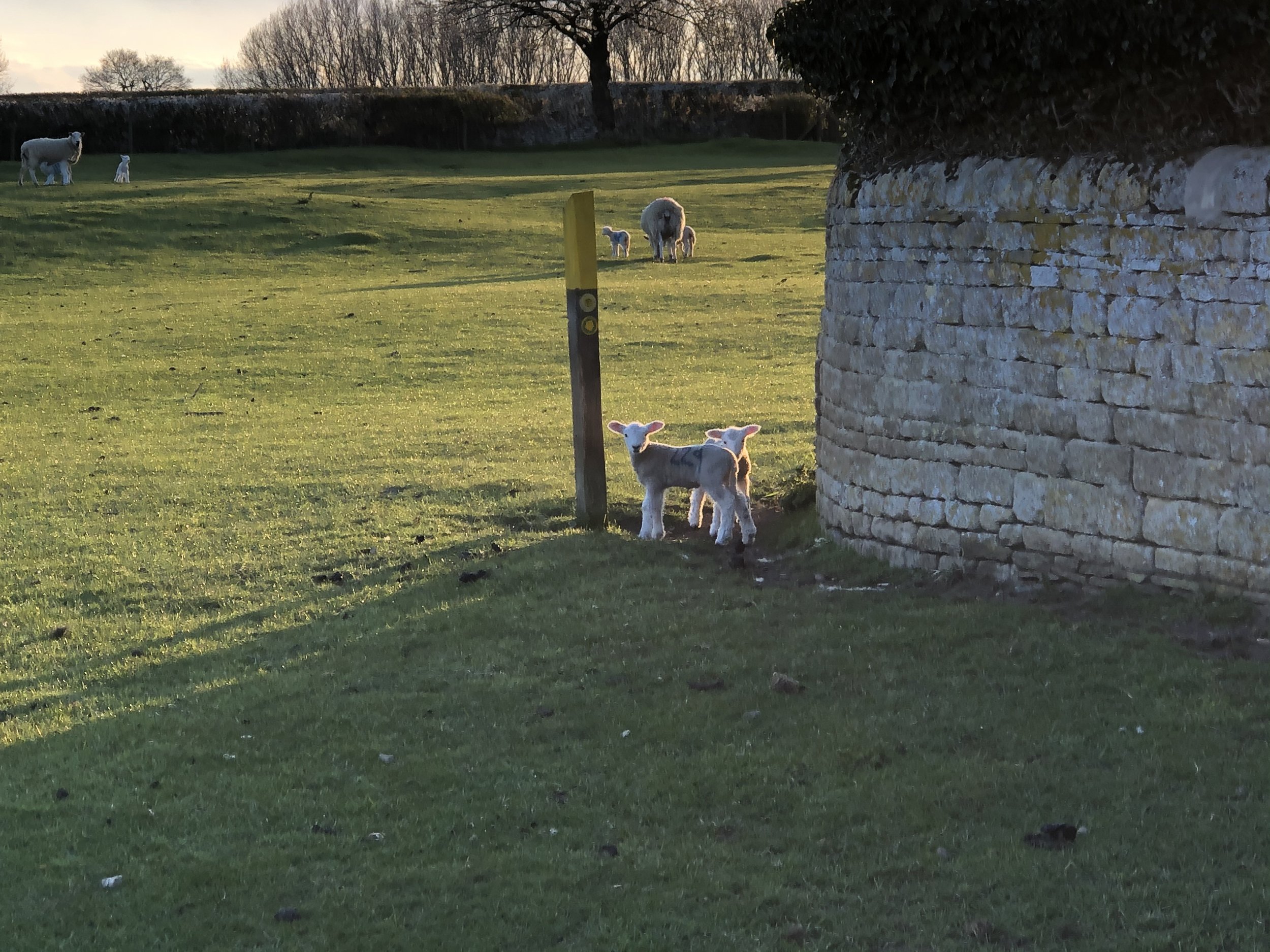
A Brief History of Southorpe
Southorpe has an ancient history dating back to Neolithic times (3900 to 1700 BC). It has been farmed for millennia and early evidence of this can date back to the Bronze Age when inhabitants of the day cleared large areas of woodland to form pastures, heaths and fields.
Southorpe is an old name and references to it date back to the Anglo-Saxon Chronicle of the 9th Century. Back then it was known as Sutyorp. It also appears in The Great Doomsday Book of 1086 where its name had changed to Sudtrop. By the mid-16th Century, it had changed its name again to the more recognisable name that we know today – Sowthorpe – deriving from the origins of the south village.
Southorpe remained a small community of some twenty-five to fifty households from the period of 1086 until the mid-17th century. At around this time the hamlet of Southorpe increased its population mainly due to changes in farming and buildings that we can still see today. Buildings such as Bottom Farmhouse and Grange Farm were built to house the growing community of farmers. Walcot Hall, which resides in the parish of Southorpe, was built around 1678. In 1870, the village’s population peaked at 227, with a total of four working farms.
The Stamford to Wansford Railway line operated by Great Northern Railway ran through Southorpe’s east side, until its closure to passengers in 1929 and to freight in 1931. The remains of the Ufford Bridge Station can be seen near the old railway bridge as you head toward the village of Ufford on the Walcot Road.
More recently, Southorpe has changed from a thriving farming community to a quiet residential village, and was designated conservation status in 1990.
Today, Southorpe has a population of approximately 135 inhabiting some 56 homes.The parish boundary includes properties along Walcot Road, including Southorpe Terrace; Walcot Hall and adjoining properties; Mill House together with Mill Farm Cottages in Wittering Ford Road; and Gazley Lodge off Sutton Heath Road.